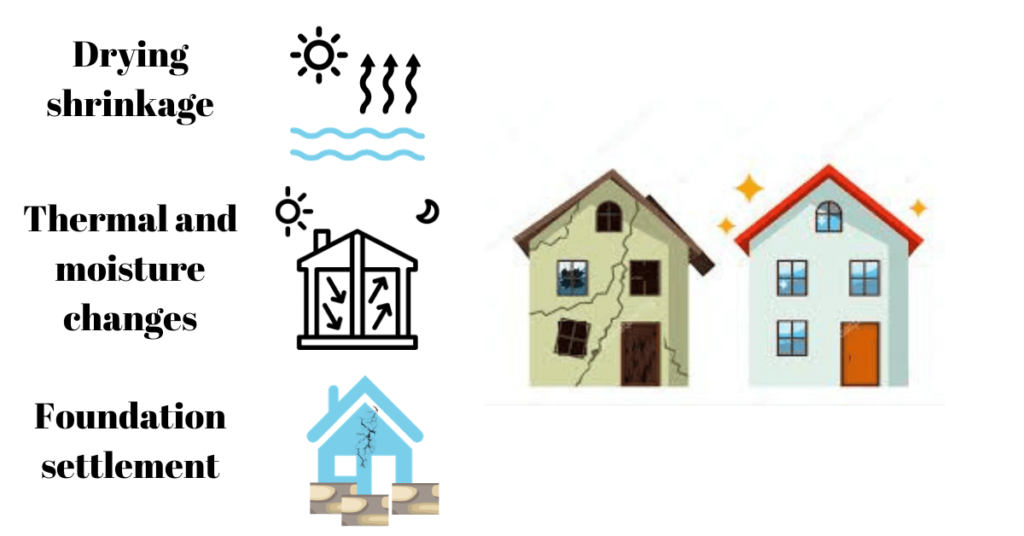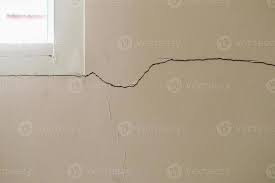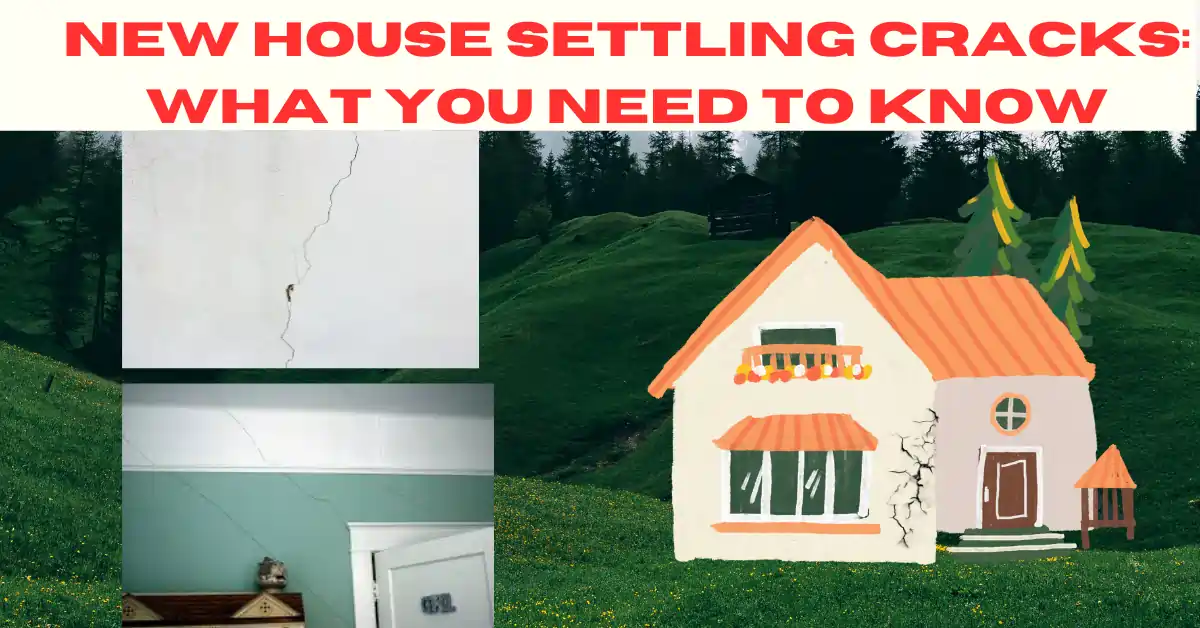If you have recently moved into a new house, you may notice some cracks in the walls, ceilings, or floors. These cracks may worry you and make you wonder if there is something wrong with your house. However, before you panic, you should know that some cracks are normal and expected in a new house. These cracks are caused by the natural process of settling, which occurs when the house adjusts to its foundations and the surrounding soil. In this blog post, we will explain what causes settling cracks, how to identify them, and how to deal with them.
What Causes Settling Cracks?

Settling cracks are usually the result of one or more of the following factors:
- Drying shrinkage. This happens when the building materials, such as concrete, plaster, or wood, lose moisture and contract as they dry. This can cause small and narrow cracks in or near the expansion joints, which are designed to accommodate movement and prevent cracking.
- Thermal or moisture changes. This happens when the building materials expand and contract due to changes in temperature or humidity. This can cause hairline cracks over doors and windows, where the materials are more likely to move.
- Ground settlement. This happens when the soil under and around the house compresses or shifts due to natural factors, such as erosion, drought, or frost. This can cause small foundational cracks or gaps where the walls meet the floors.
How to Identify Settling Cracks?
Settling cracks are usually harmless and do not affect the structural integrity of your house. However, not all cracks are caused by settling. Some cracks may indicate more serious problems, such as foundation damage, water leakage, or pest infestation. To tell the difference between settling cracks and other types of cracks, you should look at their size, shape, location, and direction.

- Size. Settling cracks are typically less than 1/16 inch wide and do not grow over time. Larger or wider cracks may suggest more severe issues.
- Shape. Settling cracks are usually straight or slightly curved and do not have jagged edges or gaps. Irregular or diagonal cracks may indicate uneven pressure or movement.
- Location. Settling cracks are usually found near the expansion joints, over doors and windows, or at the corners of walls. Cracks that appear in other places, such as near pipes, vents, or electrical outlets, may indicate water damage or pest activity.
- Direction. Settling cracks are usually vertical or horizontal and do not change direction. Cracks that run at an angle or form a stair-step pattern may indicate foundation problems.
How to Deal with Settling Cracks?
Settling cracks are normal and expected in a new house and do not require major repairs. However, you may want to fix them for cosmetic reasons or to prevent further damage. Here are some steps you can take to deal with settling cracks:
- Wait for the house to settle completely. This may take up to a year or longer depending on the climate and soil conditions of your area. If you fix the cracks too soon, they may reappear as the house continues to settle.
- Fill in the cracks with a suitable material. You can use a filler product that matches the color and texture of your wall material, such as caulk, spackle, putty, or paint. Follow the manufacturer’s instructions and apply the filler carefully with a tool or your finger.
- Paint over the cracks. You can use a primer and paint that matches your wall color to cover up the filler and blend it with the rest of the wall. You may need to apply multiple coats for a smooth finish.
- Monitor the cracks for any changes. You should check the cracks regularly for any signs of growth, widening, shifting, or moisture. If you notice any of these signs, you should contact a professional contractor or inspector to assess the situation and recommend a solution.
Settling cracks are common in new houses and do not indicate anything wrong with your house. They are caused by natural factors such as drying shrinkage, thermal or moisture changes, or ground settlement. You can identify settling cracks by their size, shape, location, and direction. You can deal with settling cracks by waiting for the house to settle completely, filling in the cracks with a suitable material, painting over the cracks, and monitoring them for any changes.

